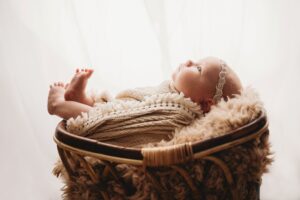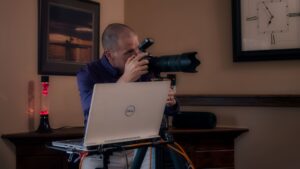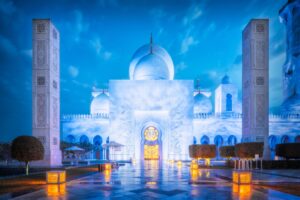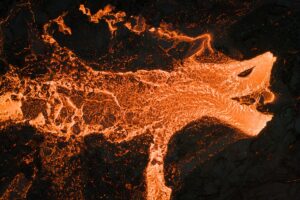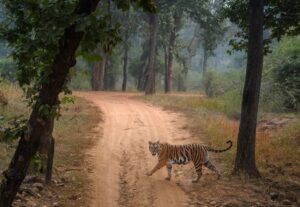
I found some rare species [of fungi] that were the first recorded in New Zealand.
Joseph Pallante
You can also listen to this episode on iTunes, Pocket Casts, Spotify, Castbox, and Google Podcasts.
Take your passion for photography to new heights – join our community today!

In this week’s episode, I speak with Joseph Pallante, an American photographer who takes stunning photos of fungi. Joseph has travelled the world to photograph common and rare mushrooms of all kinds. His work has been featured in magazines and in exhibitions.
We talk about:
- How Joseph Pallante was introduced to the world of fungi photography
- Tips for macro photographers
- How slowing down has helped him improve as a photographer
& much more!
If you’re interested in the great big world of fungi photography, you should definitely listen to this episode. We dive into the technical and the emotional, from mastering the art of nighttime photography to connecting with people online. Fungi photography is an amazing genre that’s full of enthusiastic people.
Here is a preview of our conversation with Joseph Pallante.

Q: How did you get into fungi photography?
Joseph Pallante: I would go on the coastal track for runs and I would come across these weird mushrooms out of the side of the track. They really grabbed my attention. Over the winter months, I would go on these really slow forays, scan the understory, and find these weird mushrooms. At this point, I only had a Google Pixel three camera phone, so I would spend the next half year getting more and more obsessed with finding these fungi to photograph.
Then I would join Facebook groups and communities that specifically photographed mushrooms. On there, you had a lot of knowledgeable citizen scientists that would provide IDs. Through uploading photos online, I got encouraging words of advice for how to take better photos. If a mycologist, someone who studies mushrooms and fungi, wants to make an accurate ID, they need to see the underside of a mushroom, the gills, the pores, and all these other features that are like giveaways for what the species is called.
This approach not only forced me to explore different angles and compositions, but also pay mind to the quality of the shots to get proper IDs.

Q: Other than a macro lens and a tripod, what camera gear do you use?
Joseph Pallante: I don’t like to bring big bulky gear out into the bush with me, especially when I’m photographing subjects that are so close to the ground and I’m hunched over. To spare my back any strain, just the small tripod with a ball head. I’ll bring a UV light – 365 nanometer ultraviolet torch – with me to shine on some of these fluorescent fungi.
You’ve got bioluminescent mushrooms that glow on their own, but then fluorescent mushrooms are ones that reflect light. Those are pretty interesting. I’ll bring a torch with me. And also foil.

Q: Fungi adventures are “snail-paced”, as you state on your website. How has slowing down affected the decisions you make as a photographer?
Joseph Pallante: When you stop to smell the roses (or in this case, the mushrooms), you enter a childlike state of play and fun. Your curiosity is piqued and your attention is focused on the understory.
With slowing down and carefully considering what’s growing, you inevitably notice these scenes. You’ll start to see the position of the mushroom, the angles, and what can be achieved to get the best composition. Sometimes, I’ll go out and forget my phone or my camera and I’m still scanning the ground. It’s like a tick. It has become a meditative process, to just observe your surroundings. By slowing down, you’ve got more time to consider shots and what can go into them.
Links
Join Our Photography Community!





